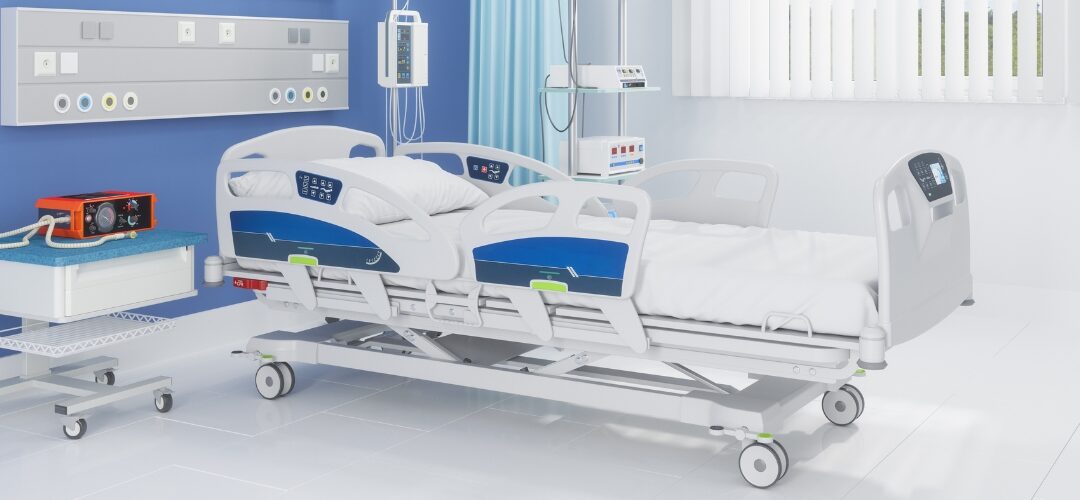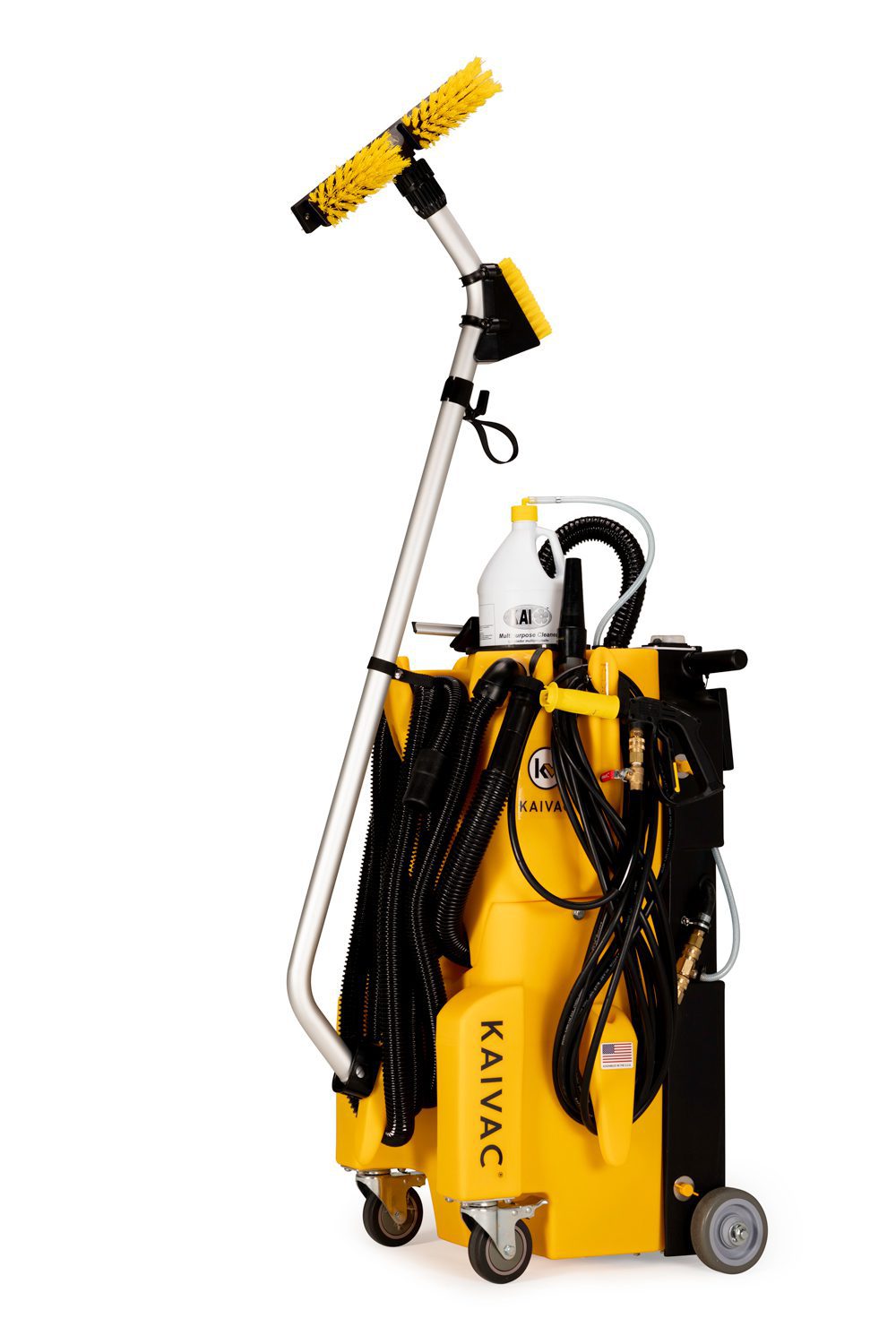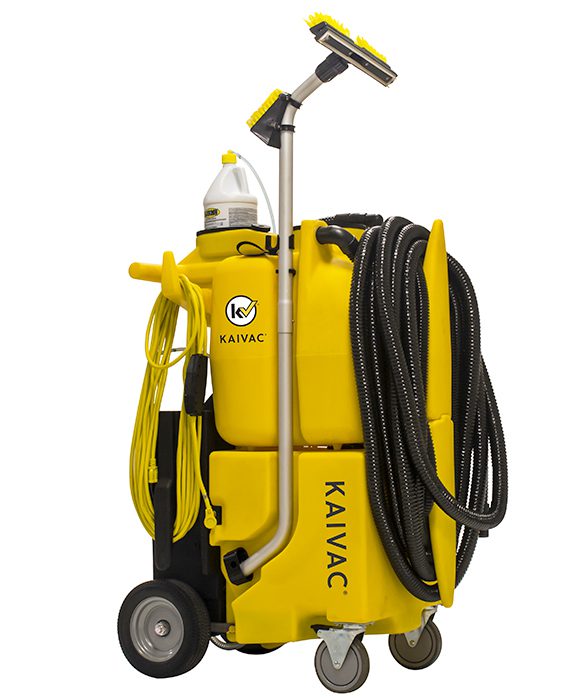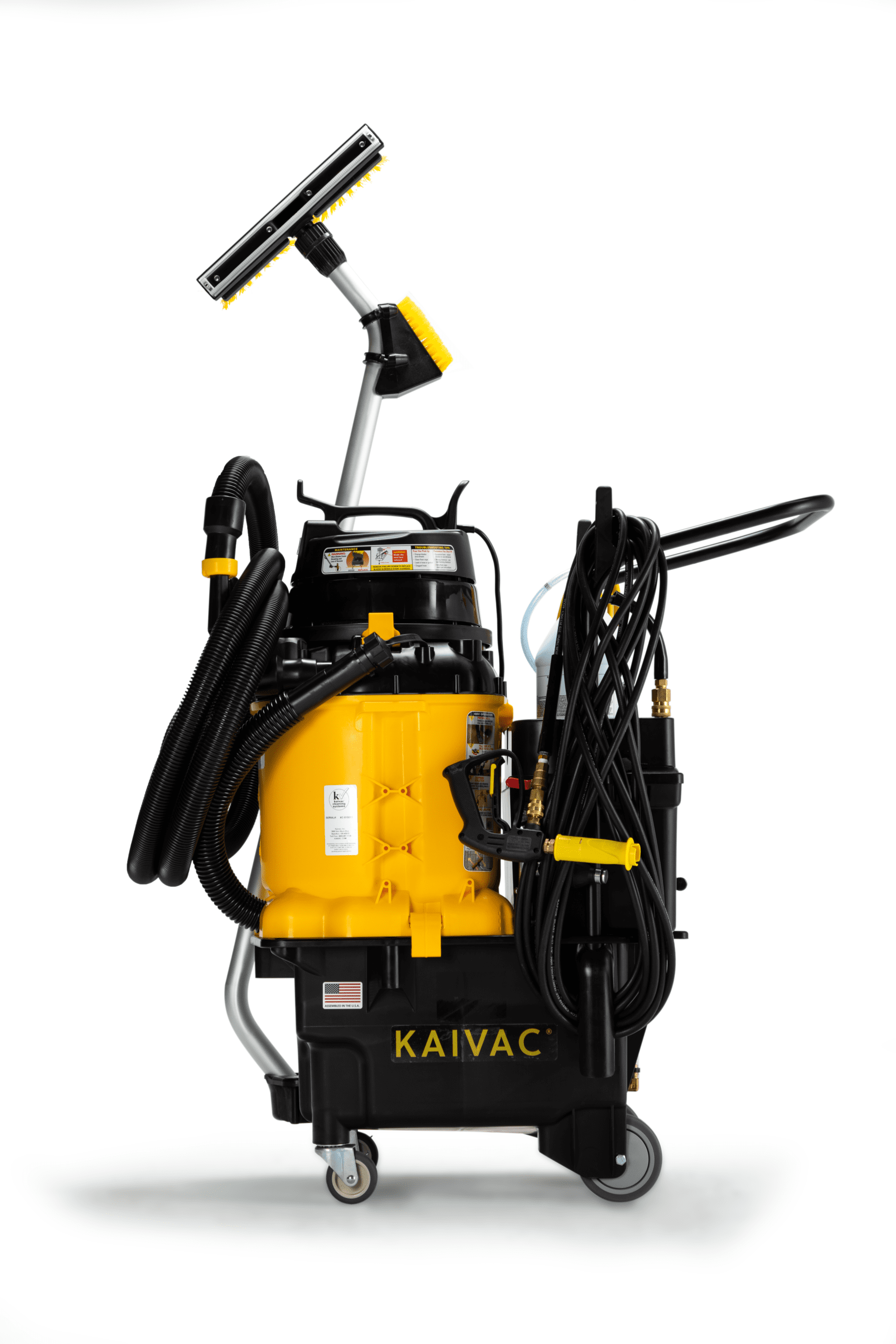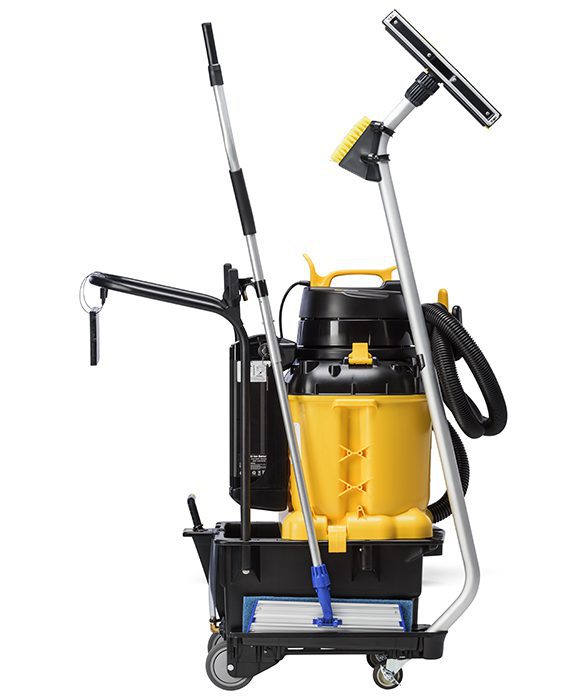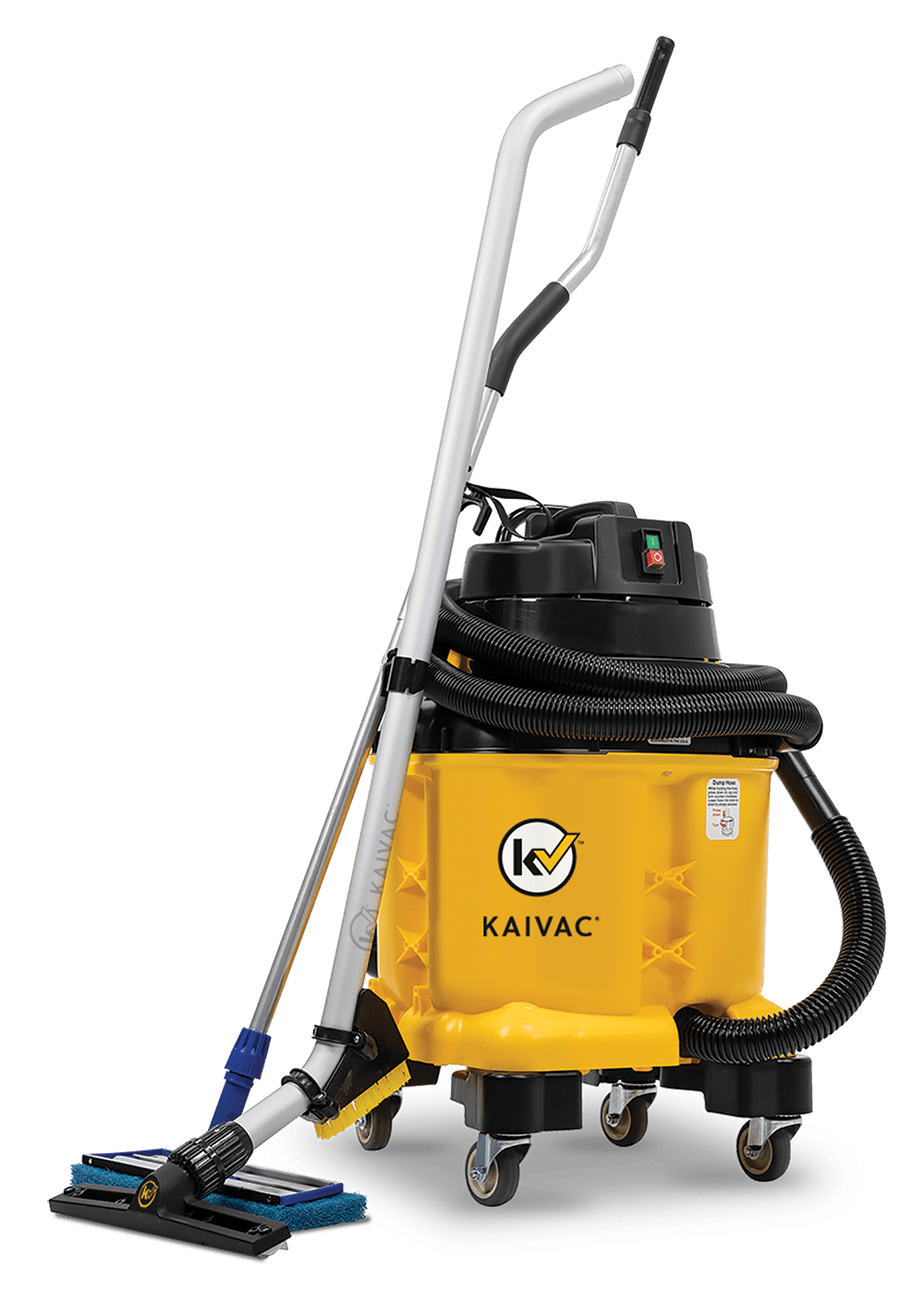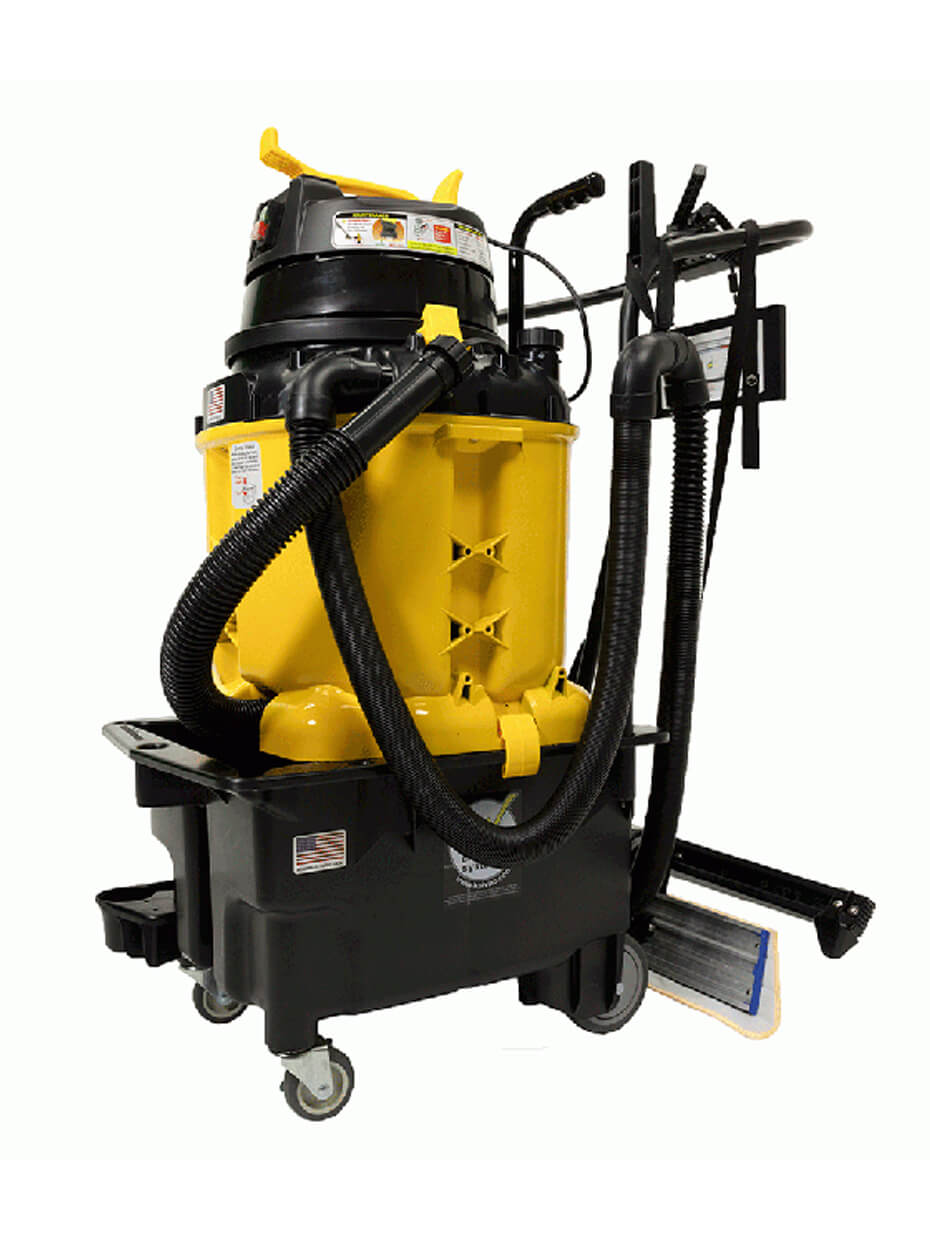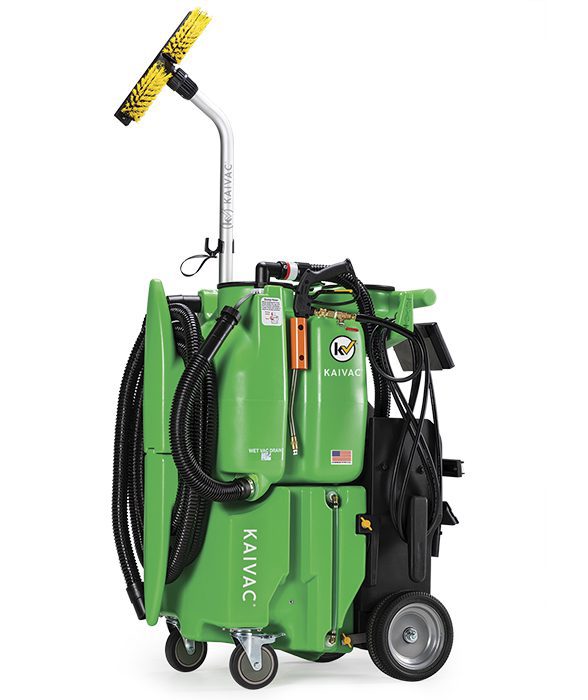Proper hospital cleaning protects the health and well-being of patients, staff, visitors, and the population at large. Of course, cleaning is vital for public health no matter the setting, but hospitals are a special case. These large buildings host a wide gamut from people in perfect health to those with contagious infections to the medically fragile.
It’s up to the environmental services departments to keep hospital spaces safe for all these groups. This monumental task requires constant training, vetted procedures, and high-quality cleaning tools. Getting it wrong can have disastrous results.
HAIs: The Threat is Real
Healthcare Associated Infections, or HAIs, are infections resulting from complications of healthcare, according to the CDC. On any given day one in 31 hospital patients contracts an HAI. These illnesses can be very serious, leading to sepsis or death. They are also financially burdensome, resulting in $28.4 billion direct medical costs.
Poorly administered invasive procedures cause a large portion of HAIs. But many of these preventable infections link back to bad cleaning protocols. Experts warn that improper disinfection practices and cross-contamination are the main culprits.
Cleaning Hospital Hotspots: Common Areas
Public facing restrooms, lobbies, and waiting areas require constant and diligent cleaning. These spaces, used by everyone, present the biggest chance for cross-contamination. They are also the hospital’s calling card setting the tone for the rest of the experience.
“Your lobby and your restrooms set the tone as to how your facility is perceived,” said Gregory Gardner, director of environmental services (EVS) at AdventHealth Fish Memorial hospital in Orange City, Florida in this Cleaning & Maintenance Management article. “When hospital guests enter those areas and they are clean, they think, ‘you will take care of me. I feel comfortable. I feel safe.’ But if they enter those areas and they are not clean, they will question whether the hospital can properly take care of them or their loved one.”
Keep these areas clean and safe with tools from Kaivac. For restrooms, the No-Touch Cleaning® system cleans to the highest standard. The machine uses a low-pressure spray to apply diluted cleaning solution to surfaces and a high-pressure indoor pressure washer to blast dirt and germs to the floor. Workers then vacuum the mess away, fully removing dangerous dirt and pathogens from surfaces.
Environmental services staff never have to touch contaminated surfaces, reducing opportunity for cross contamination. They can use the machine on the entire restroom, including touchpoints like toilet flushers, sink taps, and doorknobs.
Clean Floors, Healthy Interiors
Hospital lobby, corridor, and waiting room floors need the same attention to detail. Once considered a non-critical area, healthcare floors are now recognized as critical areas that require more thorough cleaning and disinfecting.
Mopping these areas would take much too much time, resource, and effort. Autoscrubbers are a better choice, but if not used correctly these machines can scratch and mar surfaces, providing more places for germs to hide.
The AutoVac Stretch™ from Kaivac offers a better choice. This tool removes targeted soils quickly and completely. The machine’s gentle, non-abrasive cleaning action removes the risk of scratching and leaves floors shiny. The AutoVac Stretch is also easy to learn and simple to maintain, empowering environmental services staff to consistently clean to the highest standards.
Patient Room Cleaning Strategies
Patient rooms require the same meticulous care as other hospital areas. There are different methods for maintaining occupied, turnover, and terminal rooms. But no matter the classification, workers need to keep HAIs and cross-contamination risks at the top of their minds.
Instruct environmental services employees to pay special attention to cleaning touchpoints like bed rails, call buttons, and tv remotes. The color coded SmartTowel™ from Kaivac is a great tool for this work. The SmartTowel, with its unique numbering system, cuts the chance of cross contamination. Workers can be reassured they are using a fresh cleaning surface for each swipe.
Keeping hospitals clean and safe is vital, but complicated work. Be sure to vet all chemicals, procedures, and equipment with the hospital’s infection preventionist. And count on Kaivac for hospital-grade cleaning solutions.
